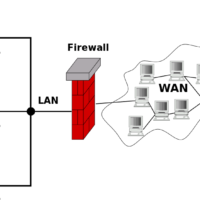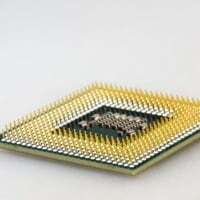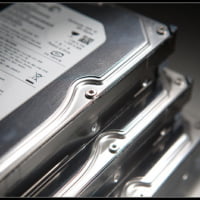Systems Administration
13 Dec 2022
Copy Files and Directories in Linux with SSH using SCP, CP, and Rsync

As a server admin, even simple tasks can benefit from a fresh perspective. To that end, today’s article talks about multiple ways you can copy an entire directory and its files in linux. To do so, we’ll be exploring three commands: cp, scp, and rsync. cp You can copy files and folders within the same
12 Dec 2022
Swap Memory in Linux | What is Swap Space exactly?

Understanding SWAP memory usage in Linux is crucial for optimizing system performance and resource management for our customer’s dedicated servers hosted here at IOFLOOD. To explain what is swap memory in Linux and how to monitor and manage it, today’s article will delve into the concept in detail. TL;DR “Swap memory” in linux is a
15 Jun 2022
How to configure SolusVM noVNC console use via Cloudflare Passthrough

Are you using SolusVM and Cloudflare and just want to get noVNC working, right now? Here’s how to configure the SolusVM noVNC console to work from behind Cloudflare: In SolusVM, go to “General -> Settings -> Other” Configure the “noVNC socket port” to 8443. At that point, the noVNC console should just work in 90%
07 Jun 2022
How to use MTR – A Guide For Windows, Mac, and Linux

One of the most important aspects of an internet connected system is the stability of the network. There are a number of tools to diagnose, troubleshoot, and verify network performance and connectivity. Today we’re going to be discussing one of the most important of those: MTR. In this article, we will address some important topics:
16 May 2022
How to configure IPv6 for SolusVM
At IOFLOOD, quite a lot of our customers run VPS hosting companies, so we try to be familiar with the technologies and control panels used for VPS hosting. We do this because we want to provide help when our customers face challenging server configuration issues. In today’s article, we’re going to discuss how to configure
27 Sep 2021
What is All Cores Turbo? Differences from Base Clock and Max Turbo.

In the server hosting industry, one of the most confusing hardware performance statistics we are faced with is CPU ‘core performance’, a metric that is advertised differently by just about every manufacturer, which makes it about as easy to understand as string theory, algebra or if pineapple belongs on pizza! For today’s blog entry, we
16 Jul 2021
Baby Got Backups??

IOFlood’s Top Ten Tips for Best Backup Practices! 1 – Always use remote storage!2 – Make sure you run backups regularly!3 – Automate your backup process to make it simple!4 – Know your backup capacity, don’t run out of space!5 – Encrypt your backups to keep them safe!6 – Always use RAID where possible!7 –
12 Jul 2021
Server Pricing Report – July 2021

Welcome to the sixth installment of our monthly server price reporting for 2021. If you were following along, last year we’ve been tracking changing parts prices for RAM, SSDs, Hard Drives, CPUs, and a couple of GPUs. Typically this is done monthly, and then shared on our blog. Currently, all listed prices are from eBay,
08 Jul 2021
Linux Bridge vs OpenVSwitch — How to Improve Virtualization Network Performance

How to fix packet loss and latency in high bandwidth VPS servers by upgrading to OpenVSwitch Virtualization is one of the most pervasive and transformational technologies in the hosting world to have come along in the last decade. Despite this, maintaining the efficient operation of virtual machines is not always easy. In this article, we’ll
16 Jun 2021
How To: Manage and Monitor Your Server with ‘Device Manager’

Welcome to another entry of our Ubersmith ‘how to’ series! For this post we’re going to walk you through the capabilities of ‘Device Manager’ in Ubersmith and how to utilize it to better manage your server. Ubersmith is the management software that our customers use to submit tickets, view billing information, and manage their services